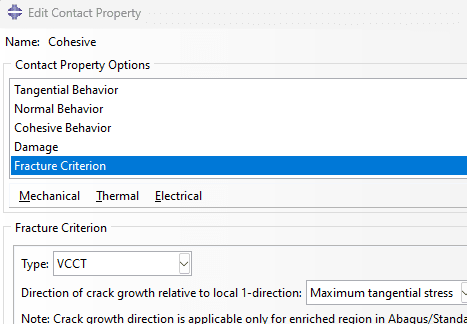Minhajul_Bari
Civil/Environmental
Hi, I have modelled a masonry infill frame with a simplified micro-modelling manner (no model of morter; all bricks are extended with half thickness of mortar). I used surface base cohesive behaviour between the layers of brick (Surface-surface, small sliding). The analysis was performed in two steps. 1. Gravity Load, 2. Pushover Load. The hysteresis curve was found suitable, almost matching the experimental values.
However, I have faced a problem with crack propagation analysis. A few previous studies have used the VCCT Debonding option. However, I could not use it. The steps I followed:
[li]Creating new interaction property where I included only fracture criterion.[/li]
[li]Creating new interaction in Pushover Load steps where I used surface-surface, small sliding. I assigned previously defined fracture interaction.[/li]
However, the analysis could not run as I created 2 interactions (cohesive and fracture) using the same surfaces (top and bottom layer of brick) as master and slave.
My question is, what am I doing wrong, and how do I perform a crack propagation study in the interface where I have already defined cohesive behaviour?
However, I have faced a problem with crack propagation analysis. A few previous studies have used the VCCT Debonding option. However, I could not use it. The steps I followed:
[li]Creating new interaction property where I included only fracture criterion.[/li]
[li]Creating new interaction in Pushover Load steps where I used surface-surface, small sliding. I assigned previously defined fracture interaction.[/li]
However, the analysis could not run as I created 2 interactions (cohesive and fracture) using the same surfaces (top and bottom layer of brick) as master and slave.
My question is, what am I doing wrong, and how do I perform a crack propagation study in the interface where I have already defined cohesive behaviour?

